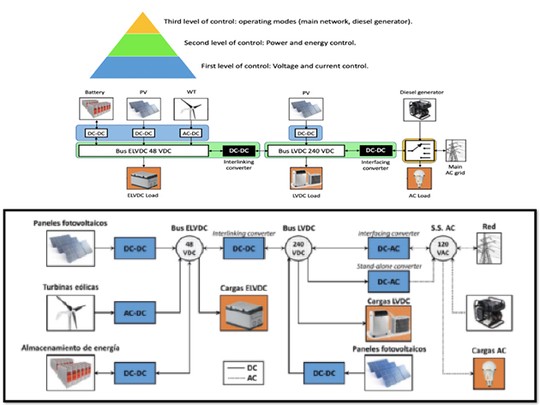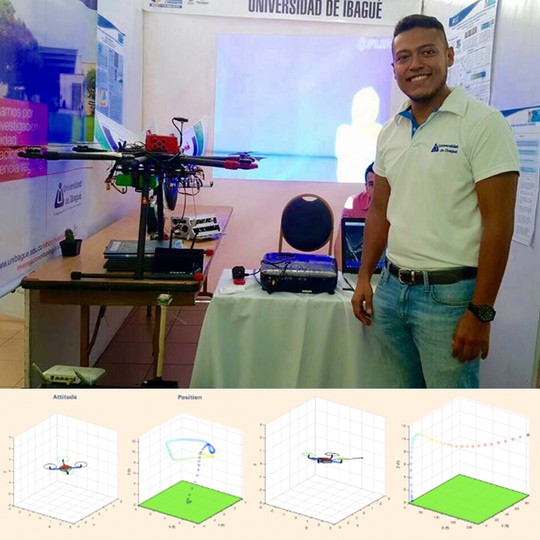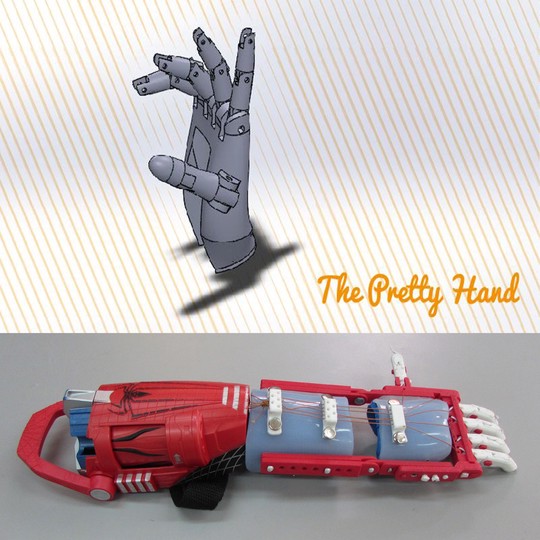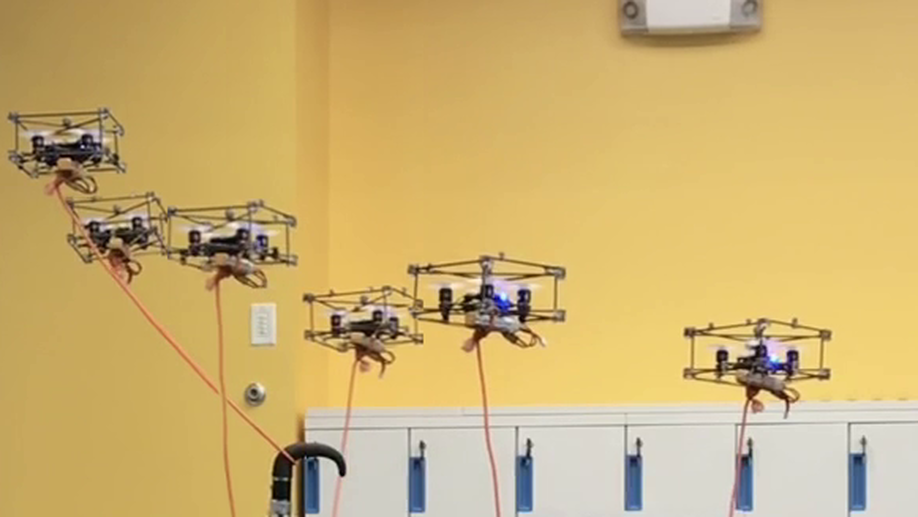Ph.D. Student
CSE, Lehigh University, US
About me
Electronic engineer entrepreneur, self-taught, responsible, creative and goal-oriented. He is a Ph.D. Student in Computer Science & Engineering at Lehigh University under the supervision of Prof. David Saldaña. He belongs to Swarms lab and Autonomous and Intelligent Robotics Laboratory AIRLab at Lehigh University. He is a candidate to earn an MSc. in control engineering at the University of Ibague, Colombia, under the direction of Prof. Oswaldo Lopez.
He worked for a company called Ideas Disruptivas in Mexico, where, as a project manager, he helped develop the first Mexican 3D printer with a clear educational purpose. The most outstanding project I have worked on is called pretty hand where a mechanical-electronic hand was designed for people needing hand prosthesis; it was a low-cost social project.
During my master’s degree, I was chair of the IEEE student branch chapter and chair industrial application society at the University of Ibague.
Interests
- Multi-rotor systems, self-assembly algorithms, cooperative flying robots.
- Quadcopters
- Manipulation with deformable objects.
- Robot motion planning
- Advanced control strategies
Education
Ph. D. in Computer science and engineering, 2025
Lehigh University
Master in control engineering, 2019
Universidad de Ibagué
Electronic engineer, 2017
Universidad de Ibagué

















